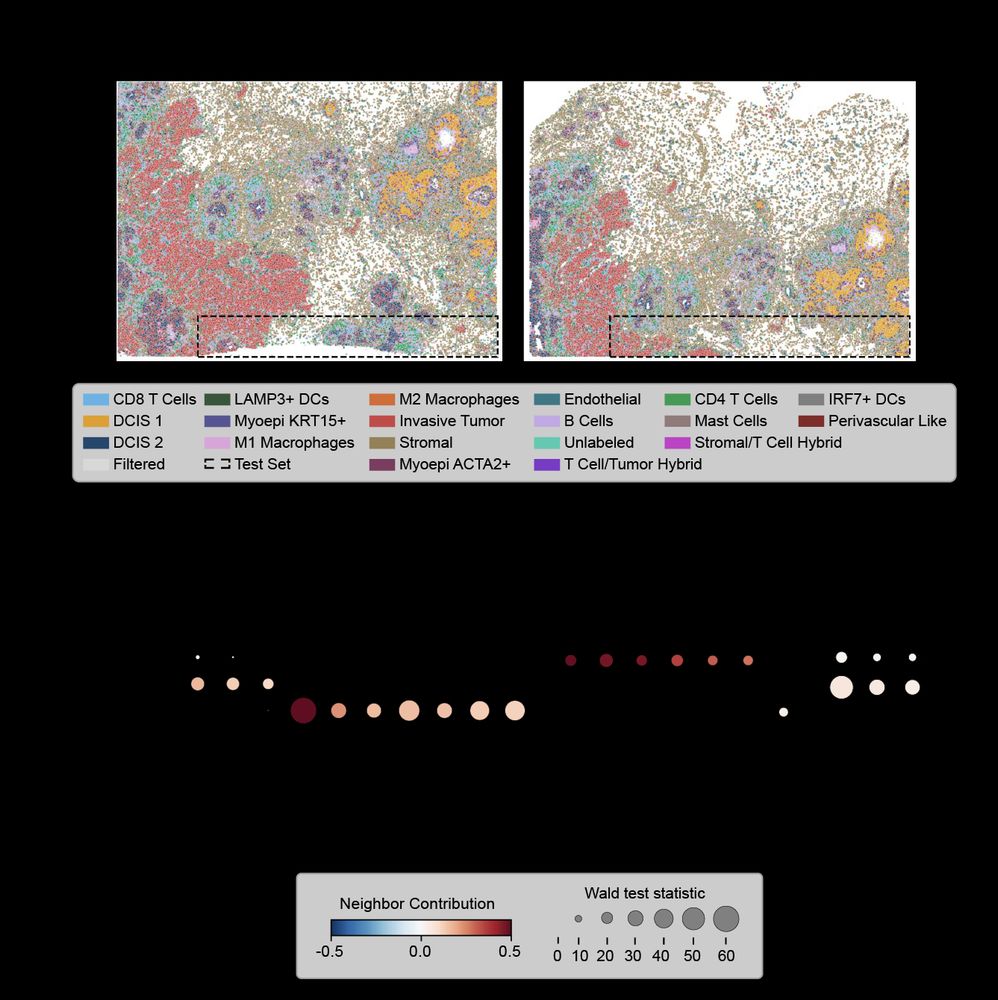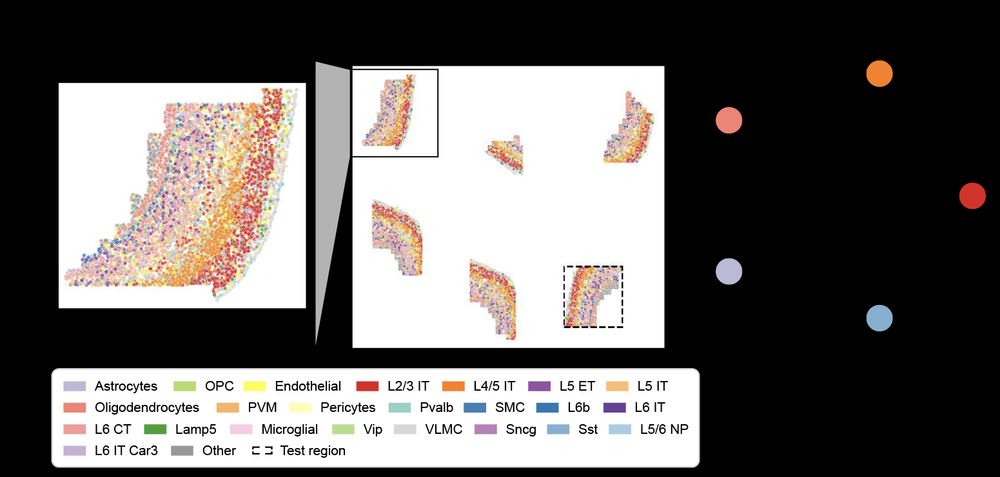Khushi Desai
@khushipde.bsky.social
11 followers
10 following
33 posts
CS PhD at @columbiauniversity.bsky.social
Posts
Media
Videos
Starter Packs












